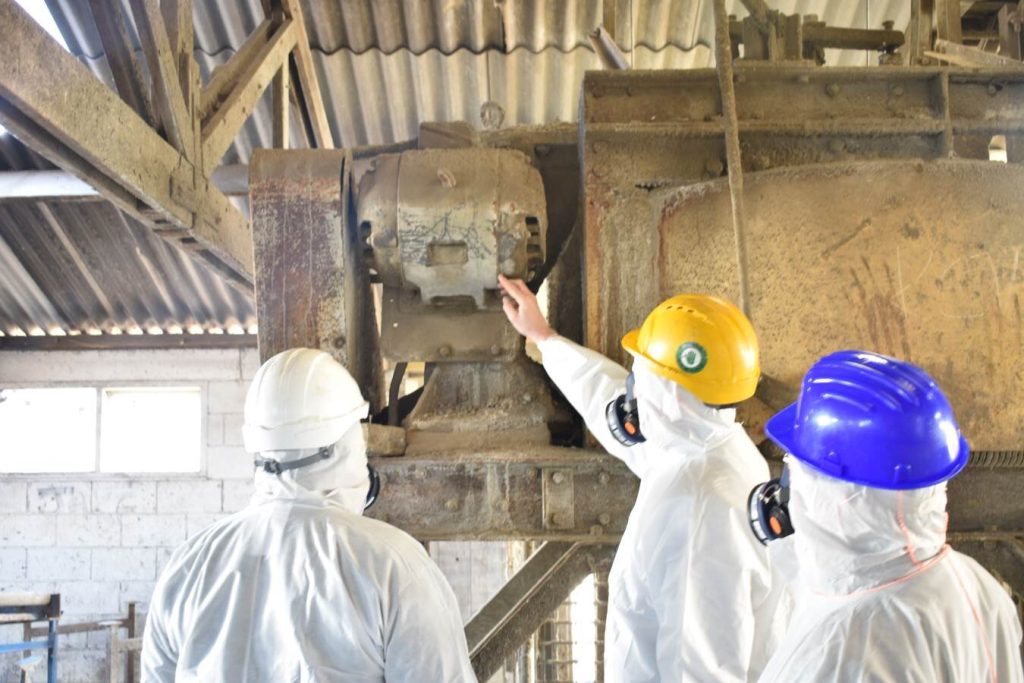Introduction to OSHA Compliance Software and AI-Generated Safety Procedures
In today’s rapidly evolving workplace environment, OSHA compliance software plays a crucial role in ensuring that organizations meet safety regulations and protect their employees. The integration of AI-generated safety procedures into OSHA compliance software is revolutionizing how companies manage workplace safety. By combining OSHA compliance software with advanced AI technologies, businesses can automate risk assessments, streamline safety training, and maintain continuous compliance effortlessly. The growing reliance on OSHA compliance software highlights the importance of accurate, efficient, and scalable safety management solutions. Furthermore, the emergence of AI-generated safety procedures within OSHA compliance software promises to enhance decision-making, reduce human error, and improve overall workplace safety culture. As organizations seek to adopt the latest tools, the fusion of AI-generated safety procedures with OSHA compliance software is setting new industry standards. With OSHA compliance software embedding AI-powered insights, companies can proactively identify hazards and respond quickly to compliance issues. This shift towards automated safety management illustrates the transformative potential of AI-generated safety procedures in reshaping workplace safety protocols. In summary, the synergy between OSHA compliance software and AI-generated safety procedures marks a significant advancement in safety management technology.
The Rise of AI-Generated Safety Procedures in OSHA Compliance Software
The adoption of AI-generated safety procedures within OSHA compliance software is a game-changer for organizations striving to maintain regulatory adherence. Traditional methods of safety management often rely on manual audits and paperwork, which can be error-prone and time-consuming. By integrating AI, OSHA compliance software now offers automated safety protocol generation based on real-time data analysis. These AI-generated safety procedures can predict potential hazards and customize safety measures according to specific workplace environments. The capability of OSHA compliance software to continuously learn and adapt through AI enables the creation of dynamic safety plans that evolve with operational changes. Moreover, AI-generated safety procedures embedded in OSHA compliance software enhance risk mitigation by analyzing past incident reports and predicting future risks. The ability of OSHA compliance software to use AI to generate safety procedures minimizes compliance violations and reduces workplace accidents. Businesses using this advanced OSHA compliance software benefit from real-time alerts and recommendations driven by AI-generated insights. This not only saves time but also ensures that safety protocols remain up-to-date and relevant. Consequently, the rise of AI-generated safety procedures within OSHA compliance software is driving smarter, more proactive safety management across industries.
Benefits of AI-Generated Safety Procedures in OSHA Compliance Software
One of the main advantages of incorporating AI-generated safety procedures into OSHA compliance software is enhanced accuracy and efficiency. AI algorithms analyze vast amounts of data much faster than human counterparts, enabling OSHA compliance software to produce precise safety guidelines tailored to the unique conditions of each workplace. These AI-driven safety procedures reduce human error and improve compliance consistency. Additionally, OSHA compliance software with AI-generated safety procedures provides predictive analytics that identify potential hazards before they cause harm. This proactive approach to safety is a significant improvement over reactive measures, preventing incidents before they occur. The automation features in OSHA compliance software reduce administrative burdens, freeing up safety managers to focus on strategic initiatives. Furthermore, AI-generated safety procedures within the software ensure continuous improvement by learning from new data, adapting to regulatory changes, and optimizing safety protocols. The scalability of such OSHA compliance software also allows organizations of any size to implement sophisticated safety measures without excessive costs. Finally, the integration of AI enhances employee engagement through personalized safety training generated by the software’s AI capabilities. Together, these benefits demonstrate why OSHA compliance software incorporating AI-generated safety procedures represents the future of workplace safety management.
How AI-Generated Safety Procedures Transform OSHA Compliance Software
The transformative power of AI-generated safety procedures lies in their ability to revolutionize traditional OSHA compliance software functions. Previously, safety procedures were static documents requiring frequent manual updates to remain relevant. Now, OSHA compliance software powered by AI generates real-time safety protocols tailored to evolving workplace conditions. This dynamic approach ensures compliance and promotes a culture of continuous safety awareness. AI algorithms embedded in the software analyze sensor data, employee feedback, and historical incident logs to develop customized safety procedures. This reduces the risk of oversight common in human-led safety management. Furthermore, OSHA compliance software with AI-generated safety procedures provides detailed compliance reports automatically, helping organizations pass audits effortlessly. The software’s ability to simulate potential safety scenarios and suggest preventive actions further enhances its value. Companies adopting this next-generation OSHA compliance software experience fewer workplace accidents, lower insurance costs, and better employee morale. Ultimately, the integration of AI-generated safety procedures transforms OSHA compliance software from a static tool into a proactive safety partner.
Challenges and Considerations in Implementing AI-Generated Safety Procedures
Despite the clear advantages of AI-generated safety procedures in OSHA compliance software, there are challenges to consider. Implementing AI-driven safety solutions requires robust data collection infrastructure to feed the algorithms with accurate information. Without high-quality data, the OSHA compliance software may produce ineffective safety procedures. Organizations must also address concerns about AI transparency and explainability, ensuring that generated safety recommendations can be clearly understood and trusted by safety managers. Additionally, integrating AI into existing OSHA compliance software systems may require significant investment and training. Companies must also be mindful of data privacy and cybersecurity risks associated with storing sensitive safety data in AI-enabled platforms. Despite these hurdles, the long-term benefits of adopting AI-generated safety procedures within OSHA compliance software far outweigh the initial challenges. With careful planning and ongoing evaluation, organizations can leverage AI to enhance workplace safety while maintaining regulatory compliance.
Future Outlook: AI-Generated Safety Procedures Shaping OSHA Compliance Software
Looking ahead, the fusion of AI-generated safety procedures with OSHA compliance software is expected to deepen, driving smarter and more adaptive safety management solutions. Advancements in AI, such as machine learning and natural language processing, will enable the software to interpret complex regulations and generate comprehensive safety protocols automatically. Real-time integration with IoT devices will allow OSHA compliance software to continuously monitor work environments and trigger AI-generated safety responses instantaneously. This evolution will empower safety managers with unprecedented tools for preventing accidents and ensuring compliance. Furthermore, AI-driven OSHA compliance software will increasingly support predictive maintenance and workforce health monitoring, further reducing risks. The future promises more personalized, data-driven, and automated safety management systems where AI-generated safety procedures play a central role. As regulatory bodies recognize the benefits of AI, we can anticipate greater acceptance and possibly mandates for AI-enhanced OSHA compliance software. This progress will ultimately foster safer workplaces worldwide, benefiting employees and employers alike.




